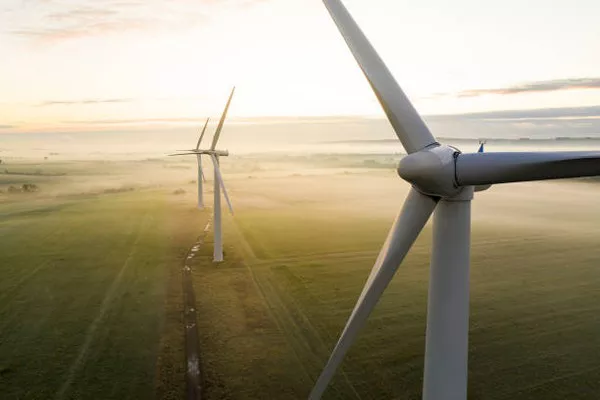Stony Brook University is embarking on a groundbreaking research endeavor to explore the viability of wind-powered hydrogen production within New York’s waters. This initiative, based at the university’s Advanced Energy Research and Technology Center (AERTC), aims to integrate offshore wind turbines with electrolytic hydrogen technology to facilitate residential heating and cooling solutions.
The research testbed, supported by industry partners, will focus on developing and optimizing a wind-to-hydrogen concept that prioritizes energy storage efficiency and control mechanisms. By harnessing the expertise of collaborators, the project seeks to enhance technical performance for future commercial applications.
New York recently celebrated the commissioning of its inaugural offshore wind farm, South Fork Wind, located off Long Island’s coast, delivering 132 MW of renewable energy through 12 turbines. This milestone marks the beginning of a broader clean energy transition, with state regulators approving additional offshore wind projects—Sunrise Wind (924 MW) and Empire Wind 1 (810 MW)—scheduled to commence operations by 2026 and 2027, respectively. Collectively, these projects are expected to power over one million homes and fulfill 10% of New York City and Long Island’s energy demands.
As New York progresses towards its 2035 target of deploying 9 GW of offshore wind capacity, there arises an opportunity to integrate hydrogen production into the clean energy landscape. Offshore wind farms boast a high capacity factor, complemented by consistent wind resources from the sea, making them an ideal pairing for hydrogen production. This collaboration promises reliable energy storage capabilities and facilitates carbon-free power generation for residential heating and cooling applications.
The hydrogen production process involves a proton exchange membrane (PEM) electrolyzer, which splits water into oxygen and hydrogen ions. These ions migrate to the cathode, forming hydrogen gas, while the oxygen is released at the anode. When powered by renewable sources like offshore wind, this process yields green hydrogen without emissions, offering a sustainable alternative to conventional fossil fuel-dependent electrolysis methods.
Integrating hydrogen production into offshore wind sites introduces grid-balancing capabilities to mitigate the intermittency of renewable energy generation. Hydrogen serves as a dispatchable resource, akin to a long-duration battery, capable of meeting peak demand during low-wind periods. Storage capacities range from hours to days, enabling robust energy management strategies.
The design of offshore wind-to-hydrogen systems necessitates adaptation for harsh, remote environments. Existing configurations include pairing offshore wind farms with onshore electrolyzers, deploying centralized offshore electrolyzer stations connected to shore via pipelines, or implementing on-turbine electrolysis in floating offshore wind installations. Each design approach offers unique advantages in terms of scalability, efficiency, and resilience to offshore conditions.
Stony Brook University’s research initiative represents a critical step towards advancing sustainable energy solutions by leveraging offshore wind resources for hydrogen production. With ongoing support from industry partners and a commitment to innovation, this project aims to accelerate New York’s transition towards a cleaner, more resilient energy future.

